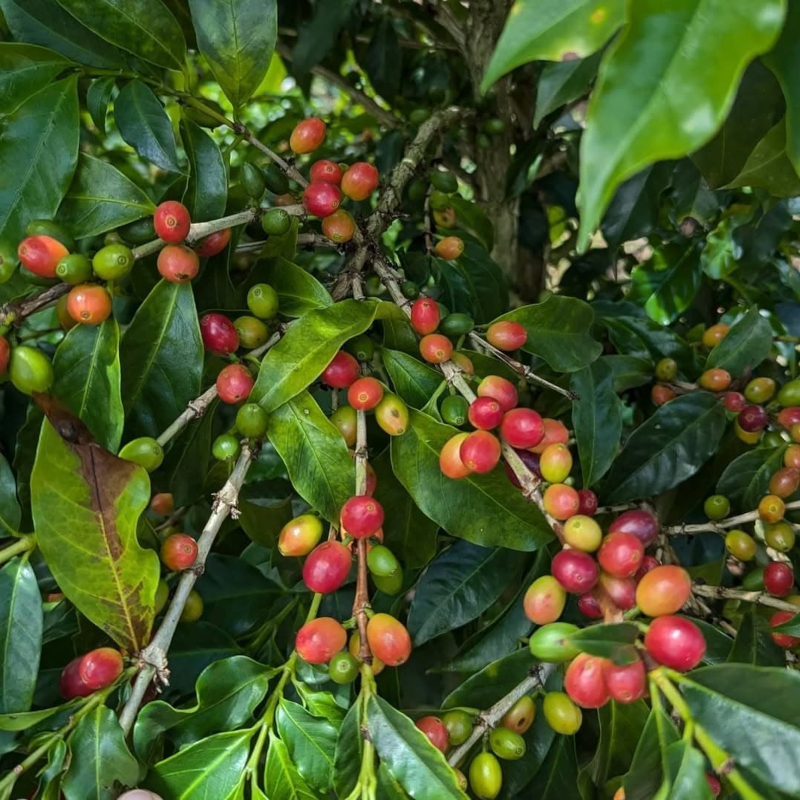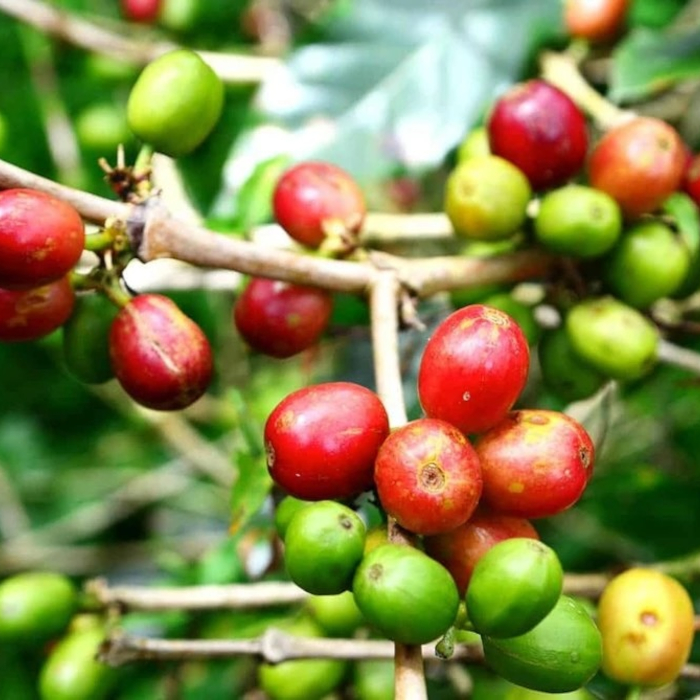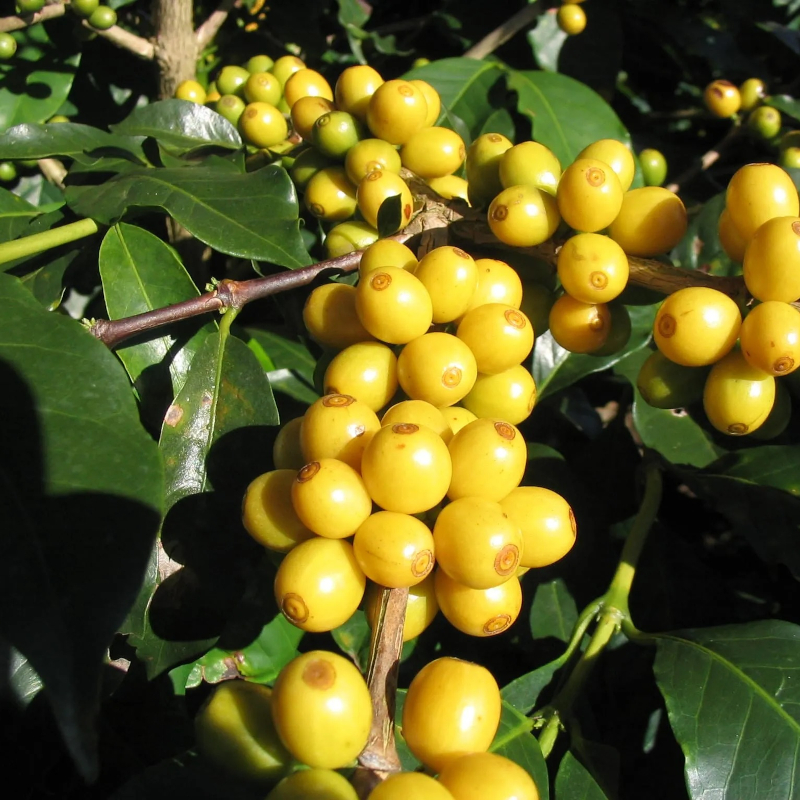How To
Grow
Coffee Tree
Choose the right variety
Arabica (better flavor, more sensitive)
Robusta (more disease-resistant, bitter)
Soil Preparation
Mix compost or organic manure.
Ensure good drainage to prevent root rot.
Planting
Seeds: Use fresh, ripe seeds or seedlings.
Spacing: 1.5–2 meters between plants
Transplant: Move seedlings to field when they’re 6–12 months old.
Watering
Regular, deep watering during dry periods
Avoid waterlogging
Fertilizing
Apply compost or balanced NPK fertilizer (especially nitrogen).
Use foliar feed if leaves are pale or yellowing.
Pruning
Prune annually to control height and improve airflow.
Remove suckers and dead branches.
Pollination
Mostly self-pollinating (autogamous) for Arabica; cross-pollinating (xenogamous) for Robusta
Flowers bloom early morning and are receptive for a few hours.
Pest & disease management
Watch for coffee borer beetles, leaf rust, aphids.
Use neem oil or organic insecticides if needed.
Harvesting
Typically starts 3–4 years after planting
Pick only ripe, red cherries by hand
Harvest season depends on region (in Nepal: Nov–Feb)
Health Benefits of Coffee
- Thanks to caffeine, coffee improves mental focus, concentration, and energy.
- Contains chlorogenic acid and polyphenols that help fight inflammation and oxidative stress.
- Linked to reduced risk of Alzheimer’s, Parkinson’s, and cognitive decline.
- Caffeine increases adrenaline, which helps with short bursts of activity.
- Long-term consumption is associated with better insulin sensitivity.
- Moderate consumption may lower the risk of stroke and heart disease.
- Regular coffee drinkers may have a lower risk of fatty liver disease, cirrhosis, and liver cancer.
- Flavonoids may lower risk of lung, colon, and breast cancers
- Linked to lower risk of depression and improved emotional well-being.
| Nutrient | Amount / Coffee (180Gr) |
| Calories | 2 kcal |
| Protein | 0.3 g |
| Total Fat | 0 g |
| Carbohydrates | 0 g |
| Caffeine | ~95 mg |
| Vitamin B2 | 0.2 mg (14% DV) |
| Vitamin B3 | 0.5 mg (3% DV) |
| Vitamin B5 | 0.6 mg (6% DV) |
| Manganese | 0.05 mg (3% DV) |
| Potassium | 116 mg (2% DV) |
| Magnesium | 7 mg (2% DV) |
| • DV = Daily Value, based on a 2,000-calorie diet. | |
Various Uses of Coffee
Drink Coffee

Hot Brew: Traditional black coffee, espresso, Americano, etc.
Cold Brew / Iced Coffee: Popular summer alternative with less acidity.
Specialty Drinks: Cappuccino, latte, mocha, macchiato.
Coffee-Based Cocktails: Espresso martini, Irish coffee.
Baking & Cooking
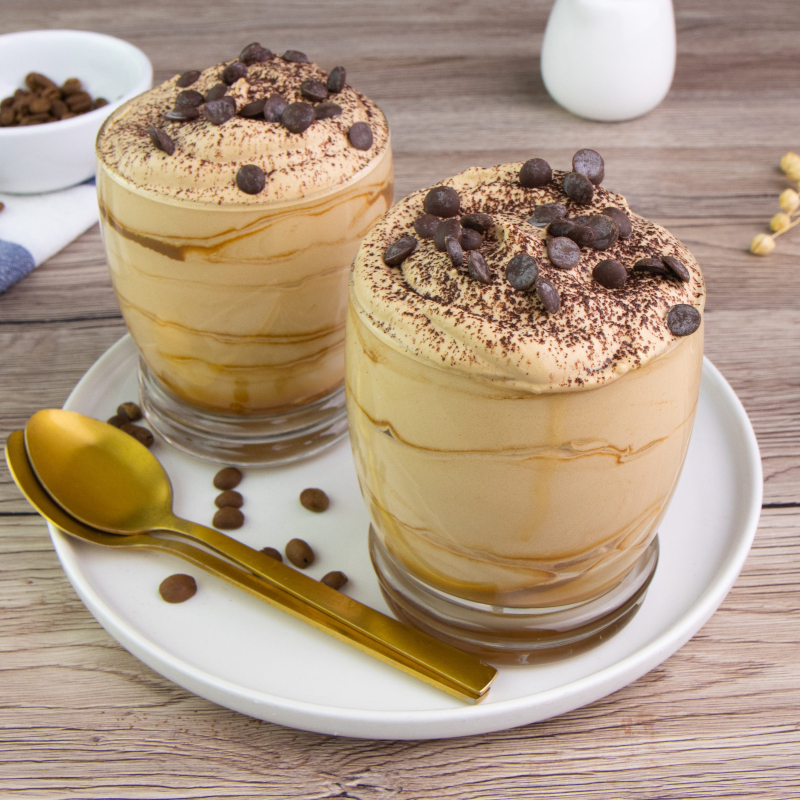
Desserts: Coffee is used in tiramisu, coffee cake, ice cream, custards.
Flavor Enhancer: Adds depth to chocolate and meat-based recipes.
Marinades & Rubs: Coffee grounds enhance meat rubs and stews.
Baking: Ground coffee or brewed coffee used in brownies, cookies, etc.
Skin & Beauty
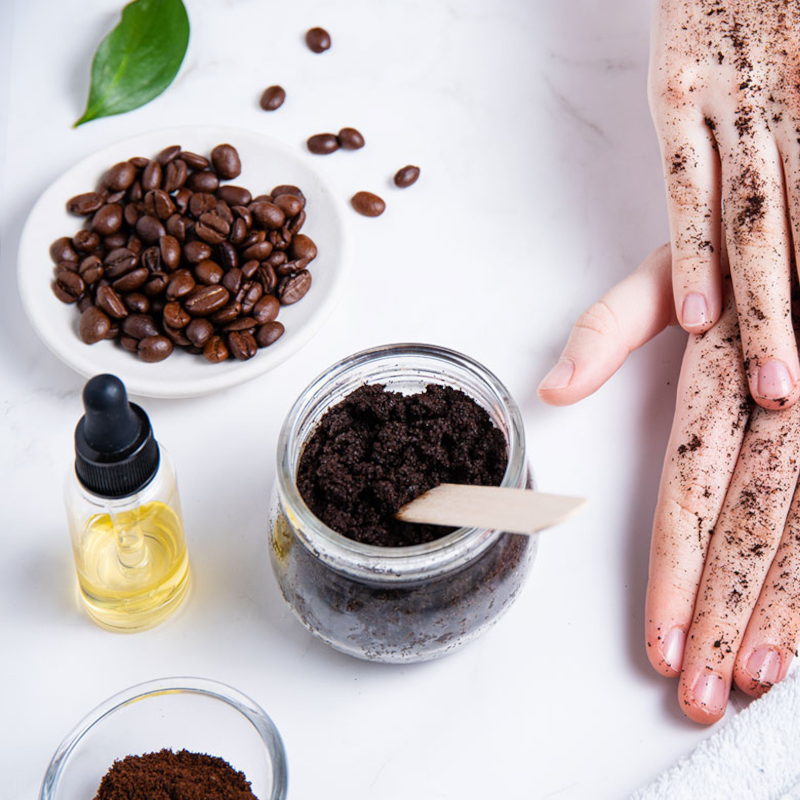
Face & Body Scrubs: Coffee grounds exfoliate dead skin.
Cellulite Treatment: Caffeine may help temporarily reduce appearance.
Hair Growth: Coffee rinses may stimulate scalp and strengthen hair.
Under-Eye Puffiness: Caffeine reduces swelling and dark circles.
Household Uses
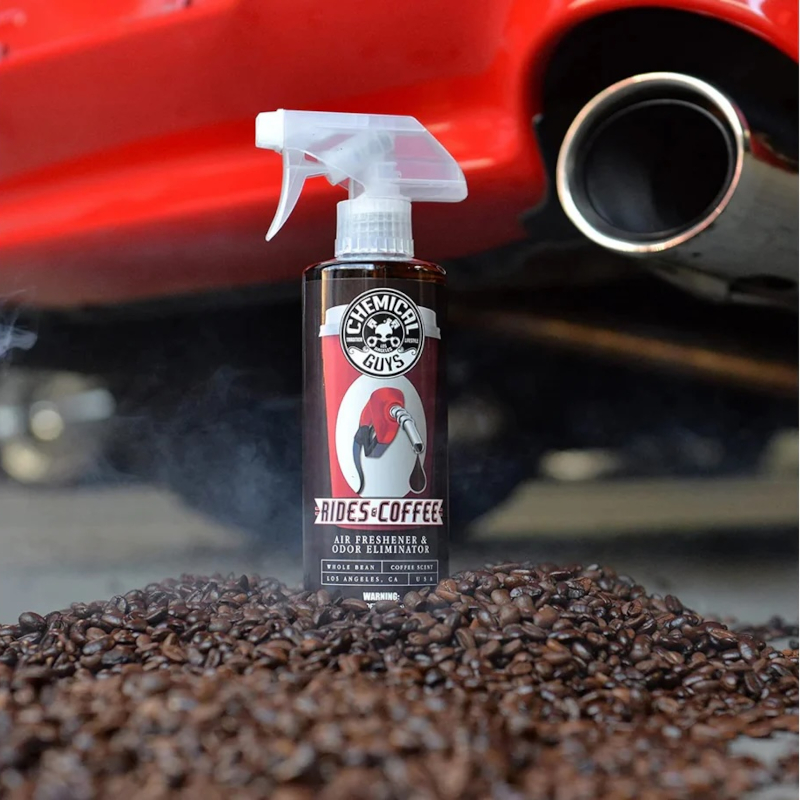
Odor Neutralizer: Absorbs strong odors in fridge, shoes, hands.
Cleaning Abrasive: Grounds act as a natural scrub for pots and pans.
Natural Dye: Used to tint paper, fabrics, or wood for an antique effect.
Deicing Agent: Spread used grounds on icy sidewalks (adds traction too).
Creative & DIY
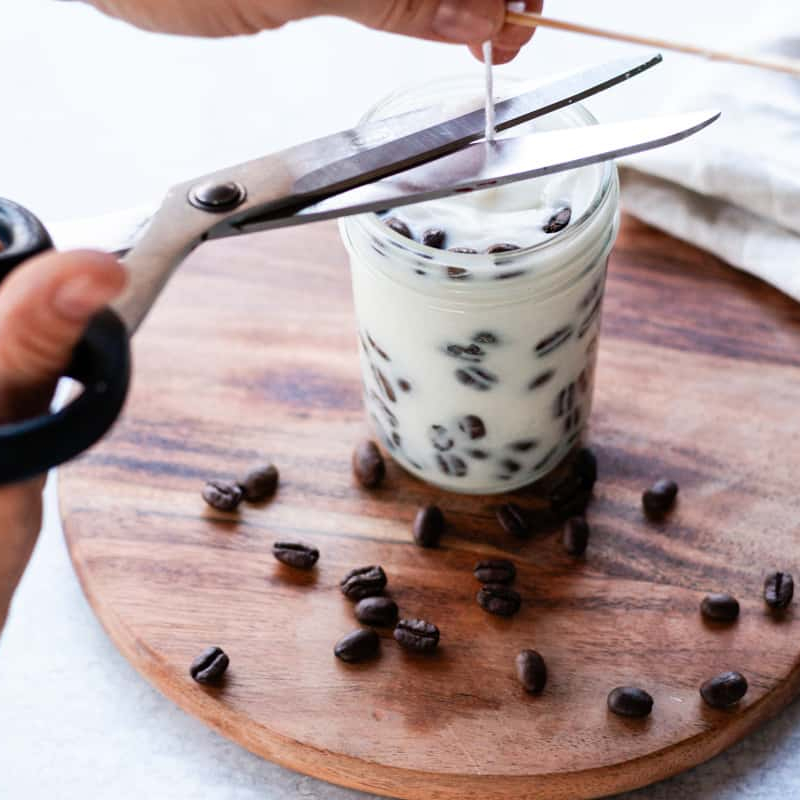
Crafts & Paints: Coffee stains used in natural art or aging effects.
Candles & Soaps: Adds scent and texture in homemade products.
Air Freshener: Dried coffee beans in a jar or sachet for pleasant aroma.
Uses Of
Tree Trunk
Firewood & Charcoal
Coffee wood burns clean and hot, making it excellent for firewood.
It can also be turned into charcoal—used for cooking or artisan grilling (especially in East Africa and South America).
Furniture & Handicrafts
Coffee wood is dense, fine-grained, and moderately hard, suitable for:
– Small furniture items (stools, side tables)
– Hand tools (handles, frames)
– Utensils (wooden spoons, cups)
– Carvings and artistic crafts
Natural Dye Source
Bark and wood shavings of the trunk can sometimes be used in natural dyeing processes for fabrics or crafts (though this is less common).
Mulch or compost
Chipped or shredded trunks decompose well in compost piles.
Acts as mulch to retain soil moisture and suppress weeds.



